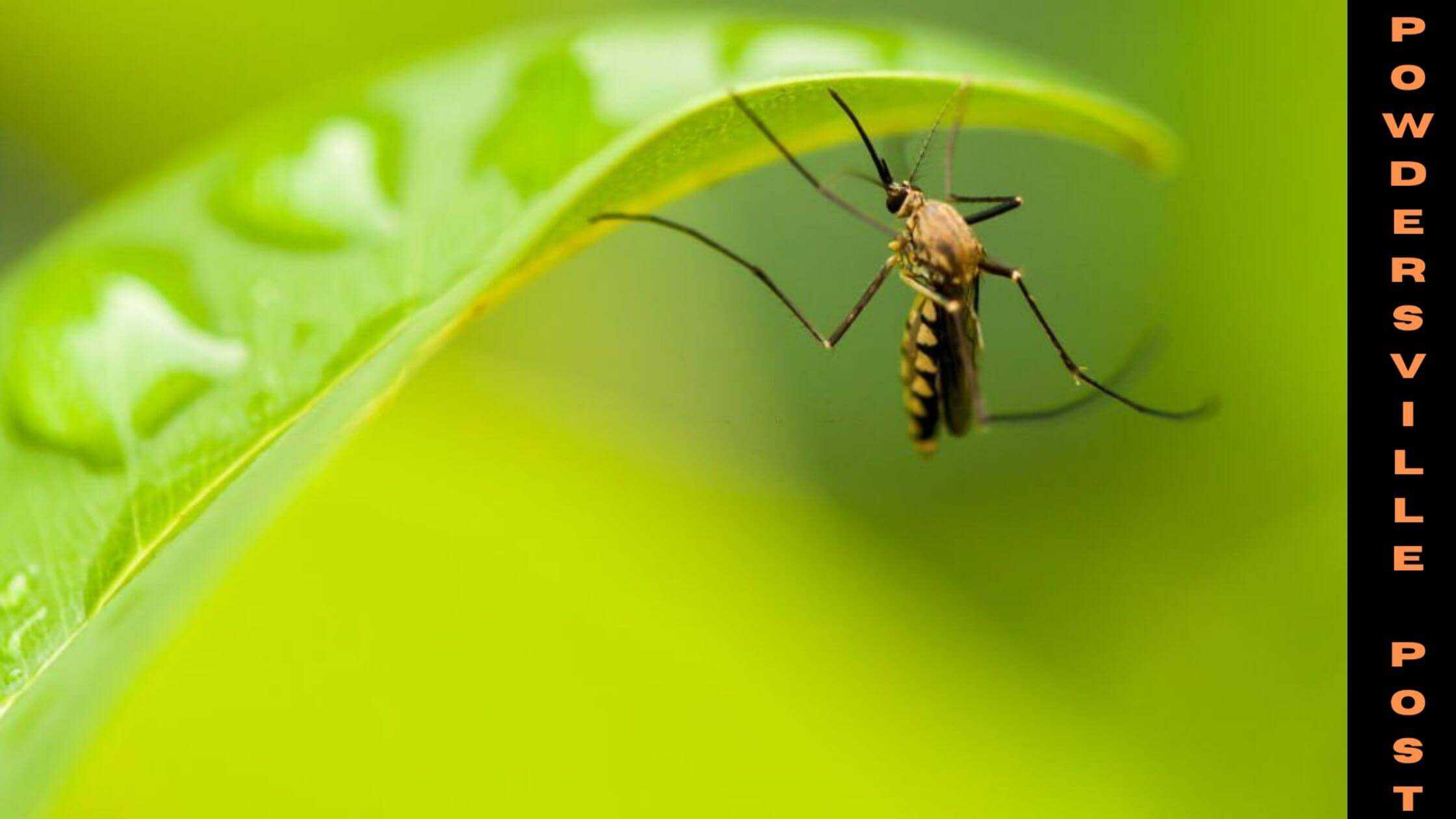Mosquito Vision Could Help In Hiding From Disease Vectors!
Nikki Attkisson | Last Updated : February 18, 2022Mosquitoes and the diseases they spread have been a problem for mankind for quite a long time now and some new research regarding mosquito vision makes us hopeful that we can tackle the bloodsucking insect.
Mosquito Vision Could Help In Hiding From Disease Vectors!
This particular research was published on 4th February 2022. It showed how a mosquito uses its sense of smell and then gives the necessary response to the visuals they see.

There are some specific colors that attract a hungry mosquito, so knowing these colors can help us in hiding ourselves from getting bitten by the mosquitoes.
We can prevent ourselves from getting bitten, by setting up better traps, creating more powerful repellents, or any other means using the results of the research.
Following are some of the diseases spread by mosquito bites:-
- Zika virus– It is spread by the Aedes mosquito which stays active during the daytime. It mainly occurs near the equatorial regions of Africa and Asia.
- Chickengunya – It is spread through CHIKV. It shows symptoms such as fever and joint pains.
- Dengue – It is a tropical disease spread by the dengue virus. muscle pain, joint pain and fever are some common symptoms.
- Malaria – It effects animals and humans . It also share some common symptoms such as fever , tiredness, vomiting, etc.
The research was conducted by a group of researchers at the University of Washington. Jeffrey Riffell, who is a Professor of Biology at the University of Washington led the team. Along with him were Dr.Diego Alonso San Alberto(Researcher and Lecturer of biology in UW) and Dr. Claire Rusch(Doctoral Alumni of Biology, UW). The research led to some of the findings which could help us in bettering our defense mechanisms against mosquito bites.
The experiment was done in the following steps:-
- Behaviour of Aedes Aegypti mosquito was looked after by the researchers when she was exposed to various smells and visuals. (These are the mosquitoes which spread yellow fever)
- Then the mosquitoes were followed individually in mini test chambers.
- Then some specific odours and various visuals were presented to the mosquito.
- The visuals represented a coloured dot or a human hand.
- The researchers waited to see the mosquito and it’s reaction to the visuals after being exposed to the smells.
The observations of the experiment are as follows:-
- When the mosquitoes were not exposed to the smell/odour they ignored the dot at the bottom. Even after changing the colours the mosquito hardly reacted
- After some introduction of CO2 the mosquitoes showed variable behaviour. They ignored the dots if it was green, blue or purple. On the other hand, they rushed towards the dot if it was cyan, orange, black or red.
- When they used the skin tone pigment ,it triggered the mosquitoes and they rushed towards the researcher’s hand. When the researchers wore their green gloves , the mosquitoes no longer rushed towards it.
- Genes also determine the mosquito’s preference based on colour. The mosquito which had a mutant copy gene reacted to the CO2 and then the colour did not matter for their stimulus to get activated.
The conclusion of the study was that after the mosquito detects the CO2 we exhale and then they fly towards some specific colors. Red, orange, black, and cyan are those colors that attracted the mosquitoes towards themselves during the experiment.
There were other colors such as green, purple, blue, and white which were usually ignored by the mosquitoes even after being exposed to the smell during the experiment, for example, the mosquito did not move towards the researcher’s green glove.
We can say that the pigmentations affect the mosquito and its stimulus towards colors, which results in them biting. This experiment makes us hope that this information can be used to protect us from the diseases caused by mosquitoes.
With over 15 years as a practicing journalist, Nikki Attkisson found herself at Powdersville Post now after working at several other publications. She is an award-winning journalist with an entrepreneurial spirit and worked as a journalist covering technology, innovation, environmental issues, politics, health etc. Nikki Attkisson has also worked on product development, content strategy, and editorial management for numerous media companies. She began her career at local news stations and worked as a reporter in national newspapers.